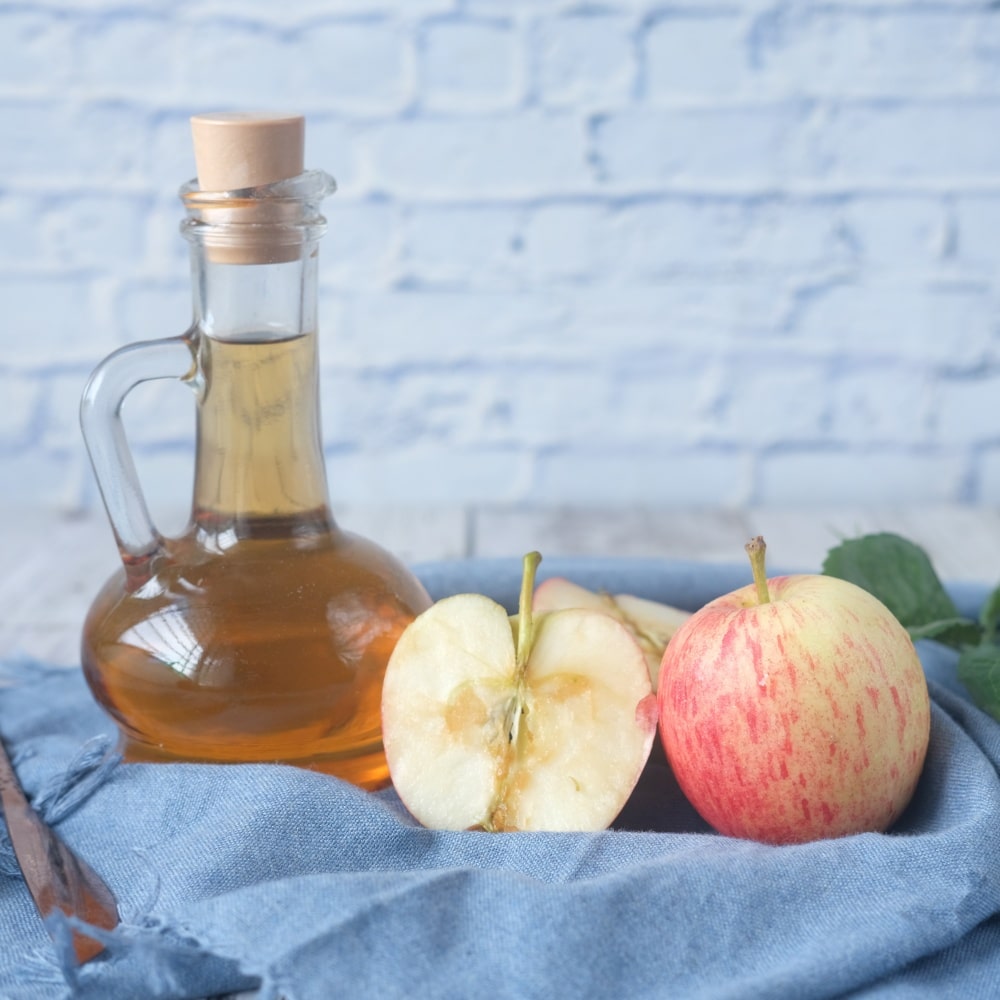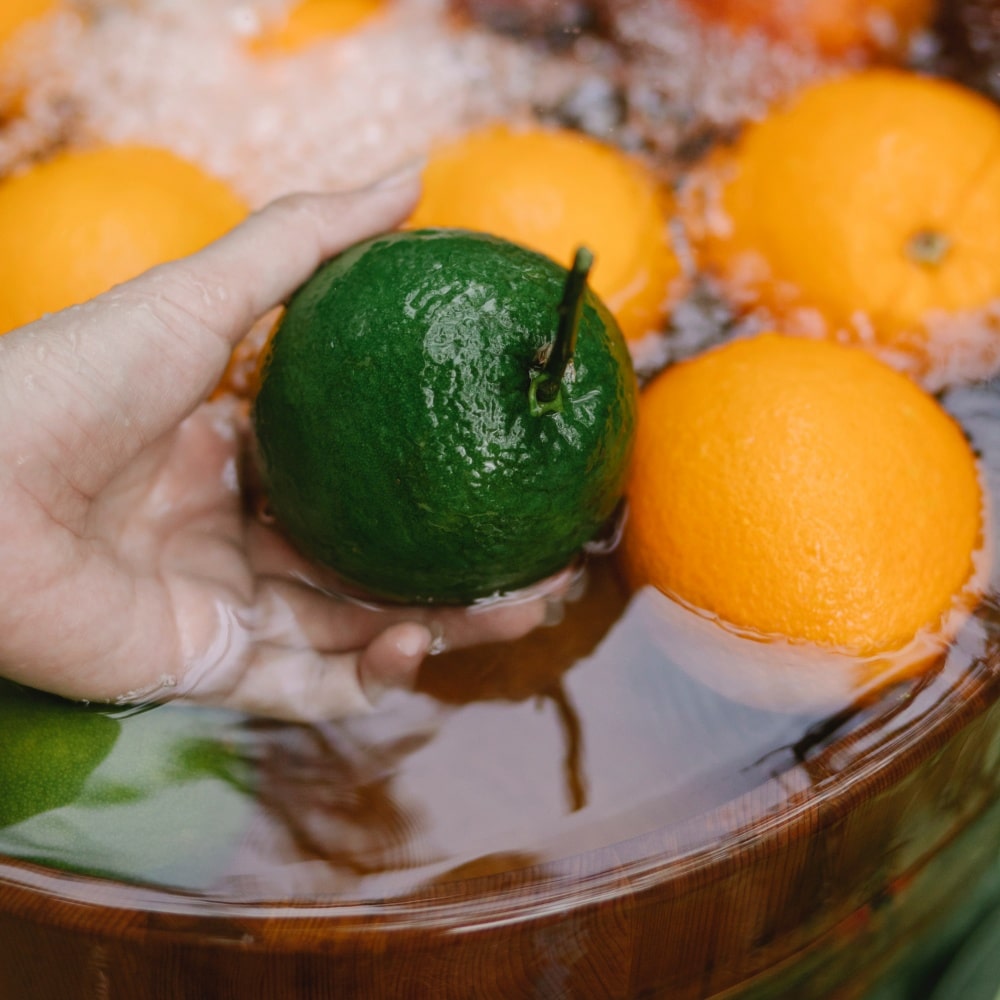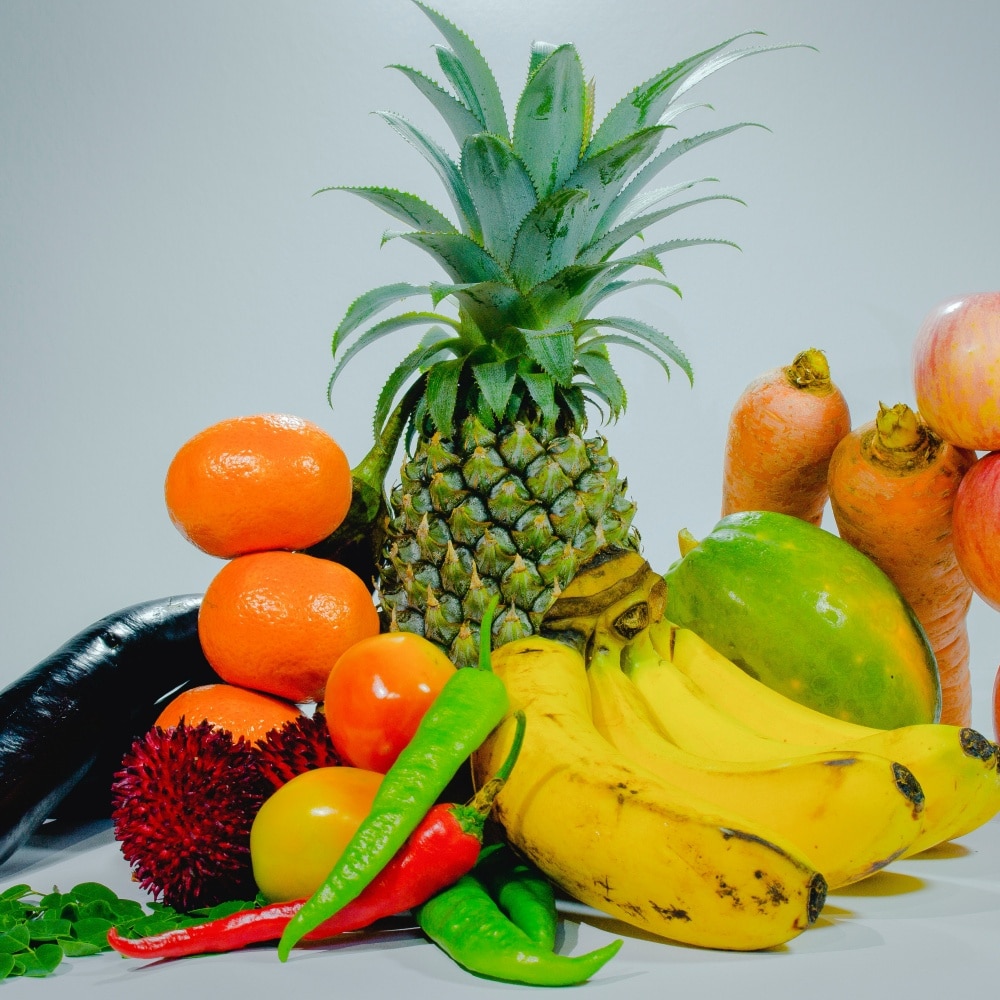It may seem like common sense to say you should wash your fruits and vegetables after buying them, but really it isn’t always as simple as that. To ensure that you’re removing all the pesticides from your produce, you’ll want to wash it with more than just water. You may ask, what’s the right way to wash fruits and vegetables? Read on and learn from this useful guide to washing produce and the best fruit and veggie wash.
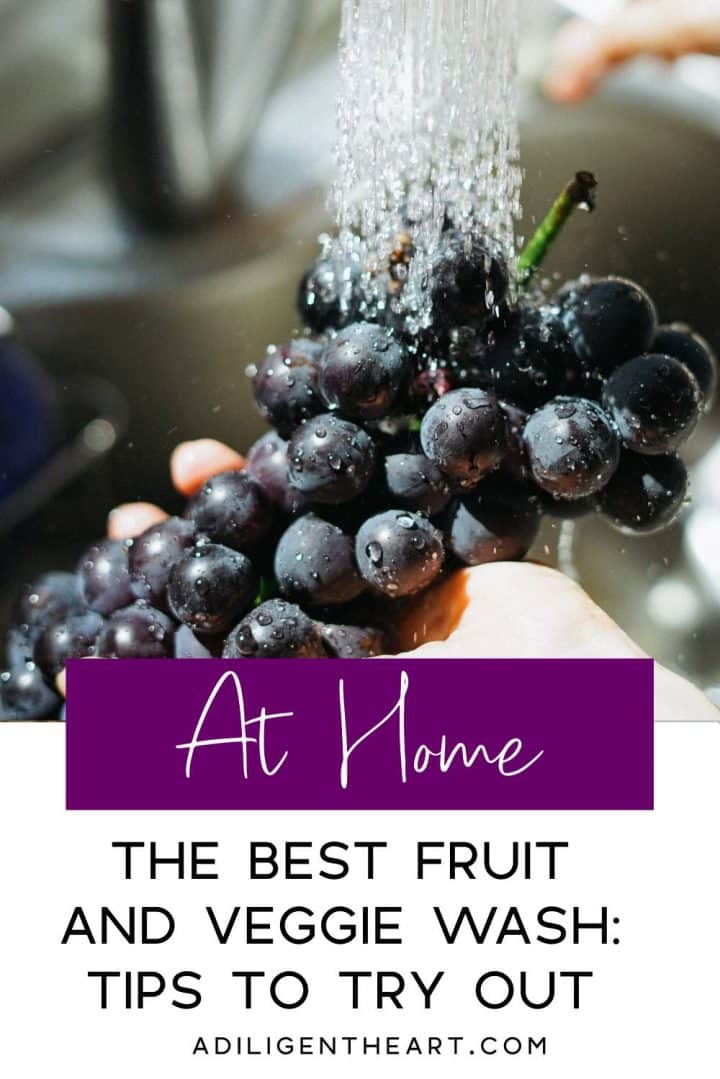
Is Water a Good Fruit and Vegetable Cleaner?
You might think that water is enough for washing your fruits and veggies, but in reality, it isn’t.
It’s good if you grow your own produce, but if you don’t and you are not buying authentic organic produce, there’s a high chance that the fruits and vegetables you buy are grown using insecticides and some other chemicals.
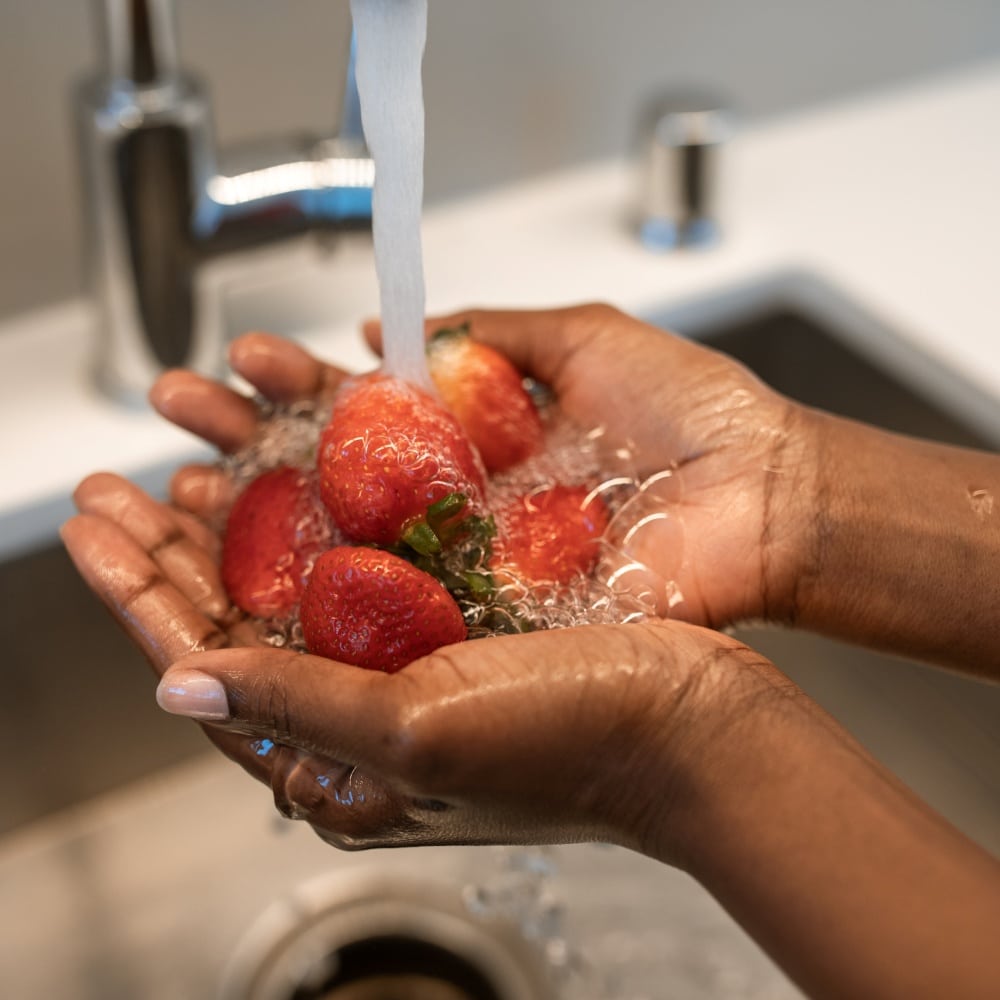
These chemicals are harmful to you and your family’s health so you definitely need to make sure the produce is cleaned quite well, something you can’t do with just water.
E.coli and other bacteria are not washed away by running water, no matter how strong the pressure in your faucet is.
There are a few ways to wash fruits and vegetables. Each option can help you get rid of the unwanted chemical residue and bacteria in your fruits and vegetables. And they don’t involve water alone.
How to Wash Fruits and Vegetables With Vinegar
Now, this option might be the most popular one, and it’s probably a method that some moms are already using.
Here’s how you wash fruit with vinegar and water:
The recipe is easy. Here’s how to make a fruit and veggie wash with these two ingredients. Add one cup of white vinegar for every three cups of very cold water.
Soak your produce in this solution for about 10 minutes and rinse with water afterward. Dry with a clean towel and prepare for storage or cooking.
If you feel that using this method is not enough, you can pour 5% vinegar solution into a spray bottle, spray it directly on the fruits and vegetables, leave it for 10 minutes and rinse with water.
This method does not involve adding water to the spray bottle to dilute the vinegar because you would want to get the full potency of the vinegar when you spray it on produce.
How to Wash Fruits and Vegetables With Hydrogen Peroxide
You can also try using a combination of water and hydrogen peroxide.
Dubbed as “nature’s bleach,” the 3% solution sold in grocery stores is safe enough to be used in whitening just about everything, including your teeth!
Peroxide is known to be effective in killing harmful bacteria including E.coli which means it is also great a great vegetable and fruit cleaner especially right after you buy them from the store.
It can also help you get rid of any bug that you might not see at first glance.
Here’s how you wash using peroxide:
For every gallon of water, you can mix a tablespoon of hydrogen peroxide. Make sure you use cold water, and the colder your water is, the better.
Get your produce and submerge them in the solution completely. Wait for about 10 minutes before rinsing them with water. The fruits and vegetables can now be dried with a towel before storage or used for cooking, whatever you plan to do after.
The Best Fruit and Veggie Wash: Tips to Remember
- Remember that washing your fresh fruits and vegetables is very, very important. In order to increase your confidence in the cleanliness of your food, better to rinse them with water more than just once.
- Wash everything as soon as you get home from the store. Produce must be washed as soon as they get to your kitchen, whether you plan to cook them immediately or not.
- Always wash your hands thoroughly before and after handling fruits, vegetables, and raw meat.
- Vegetables with soil such as root crops are fine, just as long as you are thorough when it comes to cleaning them. Try using a scrub brush.
Takeaway
If you’ve been wondering what’s the best fruit and veggie wash, we hope this article helps you.
These tips will help keep your family safe from bacteria and germs. It’s also good to know that there’s a good way to how to clean vegetables and fruits naturally because safety and health always come first. These tips will help you get produce you feel confident serving to your family.
Source: Traditional Cooking School, Kitchn
